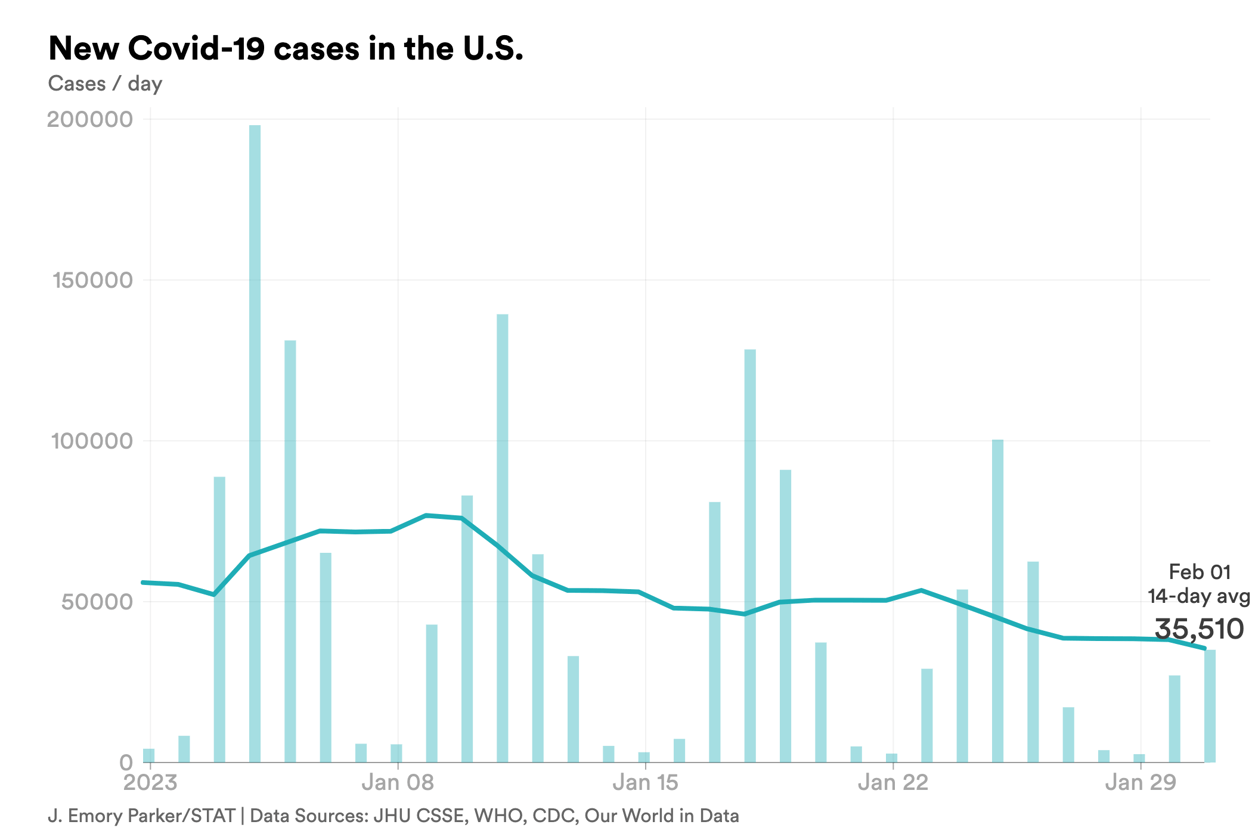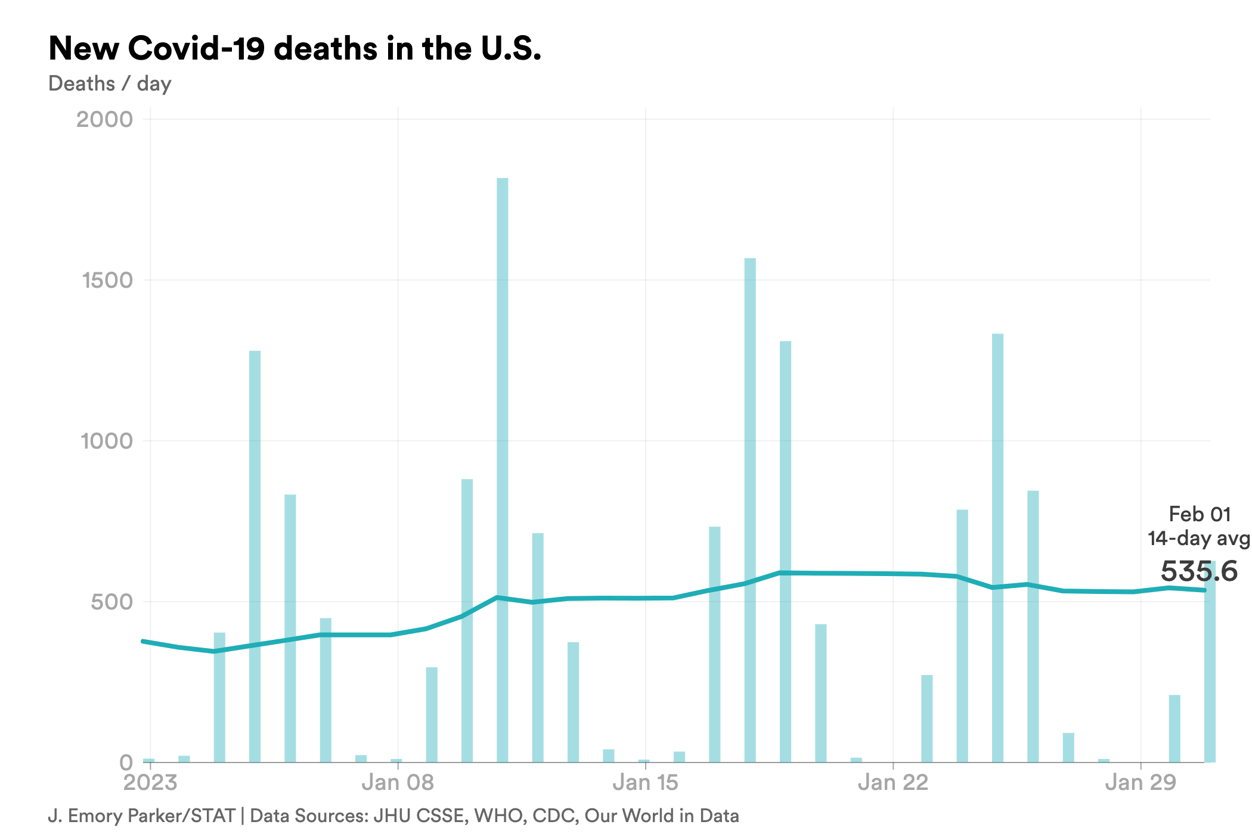Closer Look
Controversial devices to catch blood clots are still used despite risks
 Adobe
Adobe
Imagine having a tiny, spider-like device (above) that snares blood clots before they can do any harm. They're intended to help people who can't take blood thinners because they're at high risk for internal bleeding. Called inferior vena cava filters, they've come a long way from their first iterations in the 1960s, when they stayed in for life. Now questions are being raised about how well they work and how safe they are. Reports in an FDA database of adverse events related to the filters rose from 1,020 in 2016 to 2,842 in 2020.
Many devices are supposed to be removed once either the risk of clots or the danger of blood thinners has ended. But filters stay in patients longer than necessary, STAT's new medical device reporter Lizzy Lawrence writes. Read more on the history of the devices, their removal, and their future.
health tech
Verily's role in a drug study may predict its future
When is a small Phase 2 trial potentially more telling for its sponsors' strategy than its future results? When it's a collaboration between an Alphabet spinout and a drugmaker. That's the case for Verily, the health tech offshoot of Google's parent company that shed employees and announced a new direction last month. Now Verily has embarked with Otsuka Pharmaceuticals on a study testing an extended release form of centanafadine, a new type of antidepressant.
Here's what different: The goal will be to recruit patients more remotely and gather more data in ways that don't require patients to come into a doctor's office unnecessarily. That business — providing digital services to drug companies conducting clinical trials — is becoming more important to Verily as it moves away from remote patient monitoring for heart failure, microneedles for drug delivery, and its health system analytics tool. STAT's Matthew Herper and Casey Ross explain.
politics
New York hospitals have friends in Congress
They love New York, as the old slogan goes. Senate Majority Leader Chuck Schumer (D-N.Y.) and new House Minority Leader Hakeem Jeffries (D-N.Y.) could be the New York hospital lobby's dream team, STAT's Rachel Cohrs tells us. Schumer goes way back with the Greater New York Hospital Association and its CEO Kenneth Raske, often pushing for more funding for teaching slots at hospitals. Jeffries doesn't have that kind of history, but GNYHA has strong ties to hospitals in his Brooklyn district.
These relationships take on added importance as hospitals fear their payments from federal health programs might get slashed along with other spending cuts. Rachel notes that GNYHA's campaign-giving strategy during the midterm elections involved contributions to both New York lawmakers and vulnerable Democrats in both the House and the Senate. That's unusual. Read more, including who got how much.
by the numbers


No comments